Wolves, their count up by three, stabilize and organize. Moose, down by 379, starve and decline. Michigan Technological University researchers discuss the latest populations in the 64th Isle Royale Winter Study.
The annual winter study, led by Sarah Hoy, John Vucetich and Rolf Peterson of Michigan Tech’s College of Forest Resources and Environmental Science (CFRES), is the longest-running predator-prey study in the world — now in its 65th year. As always, fieldwork for the winter study of wolves and moose was conducted during a seven-week expedition at Isle Royale National Park.
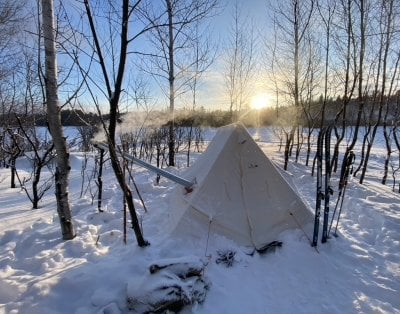
This year, MTU researchers visited the island from Jan. 20 to March 3. They found a stabilized wolf population with a dynamic, somewhat unexpected social organization that includes lone wolves and small groups outside established packs. They also observed a moose population in dramatic but not unprecedented decline, succumbing to starvation due to a food shortage.
About the Researchers
Three or Four Wolf Litters Born in 2022
Wolves are thriving, according to the research team. Isle Royale’s wolf population is likely 31, including the East Pack with 11 wolves and the West Pack with five wolves, both established since 2019-20. Researchers also observed a small pack formed in the middle of the island — a deviation from the social organization seen over the last few years.
“Prior to the translocation of wolves to Isle Royale in 2018, the wolf population most commonly consisted of three stable packs and a small number of lone wolves,” Vucetich explained. “By contrast, over the past 12 months the population appears to be characterized by three to four reproducing groups, of which only two seem to have well-established territories, and many wolves that are not closely associated with an established pack.”
Most of the wolf pups born on the island last year belonged to the established packs. Peterson said three or possibly four litters were born in spring 2022: one at the west end of the island, two at the east end and another probable litter in the middle. Both the East Pack and West Pack had three pups survive the winter, and more pups are expected to be born in 2023. “During the 2023 breeding season, we observed evidence of four, possibly five, breeding females,” said Peterson.
The uptick is a promising development for re-establishing a healthy wolf population. There were no litters observed on the island from 2015-18 — the island’s wolf population had collapsed due to inbreeding. After new wolves were brought to Isle Royale in 2018, there was one litter born in 2019, two litters born in both 2020 and 2021, and potentially four litters in 2022.
"The reproductive success of the wolf population has steadily increased over the last five years. The majority of wolves in the population were all born on the island."
Hoy said there are also strong indicators pointing to the continued viability of adult wolves. “Over the past year, the survival of adult wolves was slightly higher than the long-term average observed on Isle Royale,” she said.
4.5 years
1,2,4
26
The number of moose killed by wolves, another indicator of wolf population health, tallied 26 during the winter study period. That’s slightly lower than the previous year, but in line with what researchers expected given the number of wolves and moose currently on the island, Hoy said.
Food Shortages, Fewer Calves, Contribute to Rapid Decline
Updates on Isle Royale’s moose population present a sharp contrast to the wolf observations. As was the case in last year’s winter study, the number of moose declined by about 28% from the previous count. Overall, the moose population dropped from 1,346 to 967, continuing a downward trend.
The ongoing decline is not unprecedented. Hoy said it’s comparable to the population collapse that occurred in the mid-1990s. At this point, moose numbers have shrunk by 54% since 2019, when they peaked at 2,060 on the heels of rapid growth from 2010-19. Adult moose survival rates have declined by 30% over the past four years, and many fewer calves are being born.
Researchers, who survey the moose population by air, ski and snowshoe, typically find that at least 13% of the moose counted are calves. This year, it was just 2% — the lowest ever observed, according to the team.
Wolf predation is, of course, a factor. Researchers estimate that wolves killed about 10% of the moose population over the last year. It’s the highest predation rate observed since 2011, but the increase was expected given the re-establishment of wolf packs on the island. And, the study found that wolf kills were a less significant cause of moose deaths. Starvation killed more moose than the wolves did.
"Starvation appears to be a more important cause of mortality than predation."
“For every moose we found that was killed by wolves, one to three other moose had died of starvation. Forty-six percent of the dead moose we examined over the past year died of malnutrition,” Peterson said, adding that the elevated starvation rates continue a pattern researchers first detected in 2019.
Researchers said a food shortage is one of the main causes of moose starvation. Balsam fir saplings, the moose’s preferred winter food source, are under siege by ongoing overbrowsing and spruce budworm infestations. Both prevent saplings from growing into mature, cone-producing trees.
“Over the past year, we observed that many balsam fir saplings had either died or had few green branches left,” said Hoy.
The team found evidence that moose are increasing browsing on other tree species, including cedar. Researchers have also seen them stripping bark from mature aspen and balsam firs. The uncommon behaviors suggest that foraging moose can’t find sufficient fir twigs and foliage during winter.
10 years
54%
46%
Researchers have commenced summer fieldwork, observing and documenting both the history and unpredictability of a unique natural system that continues to offer fresh insights.
"It's remarkable to reflect on how much we've learned about these wolves and moose over the past six decades and, at the same time, how many more questions remain."
Learn More About the Island and the Research
Designated a national park in 1931 and an international biosphere reserve in 1980, Isle Royale National Park covers 850 square miles and is home to the longest-running predator-prey research project in the world. Get acquainted with the wildlife of Isle Royale and access more resources here:
Wolves and Moose of Isle Royale
Wolves and the Isle Royale Environment
Michigan Technological University is an R1 public research university founded in 1885 in Houghton, and is home to nearly 7,500 students from more than 60 countries around the world. Consistently ranked among the best universities in the country for return on investment, Michigan's flagship technological university offers more than 185 undergraduate and graduate degree programs in science and technology, engineering, computing, forestry, business, health professions, humanities, mathematics, social sciences, and the arts. The rural campus is situated just miles from Lake Superior in Michigan's Upper Peninsula, offering year-round opportunities for outdoor adventure.
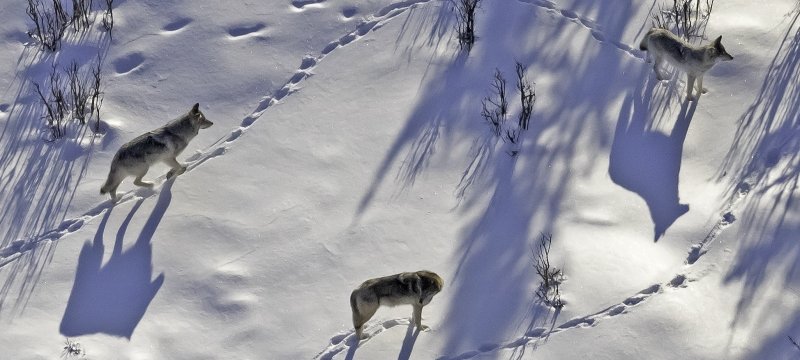
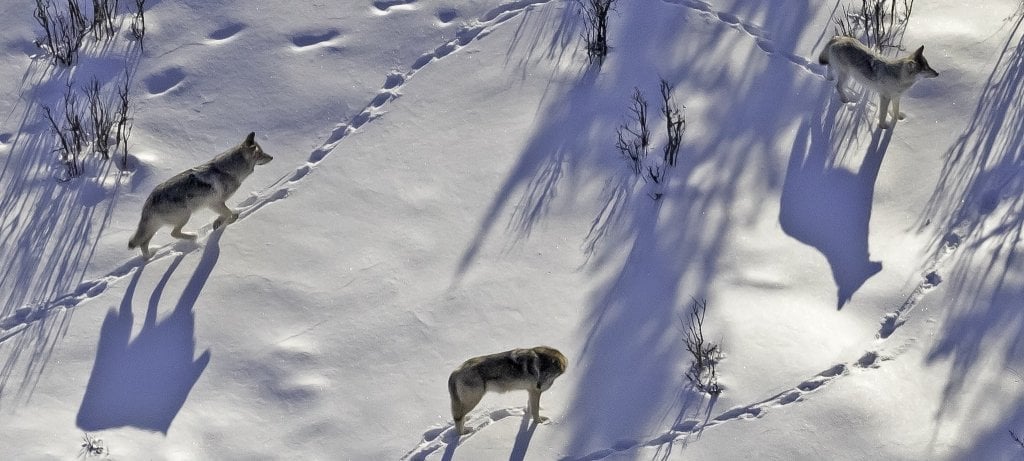



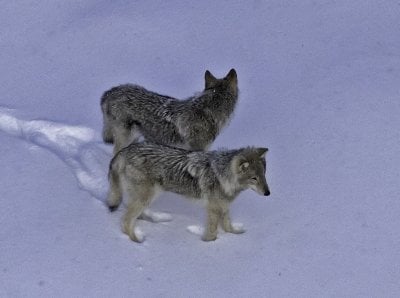
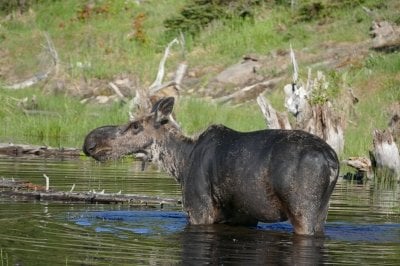
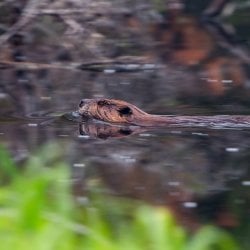
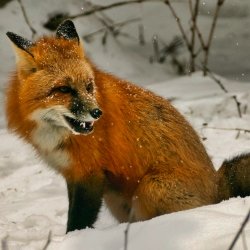
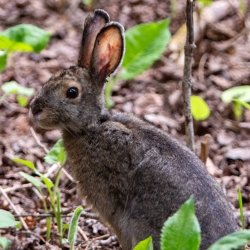
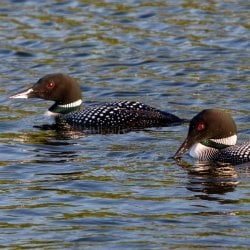
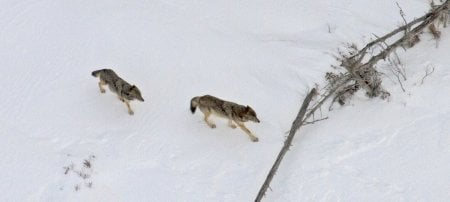
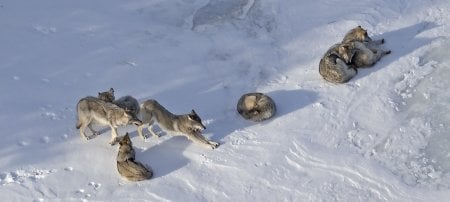
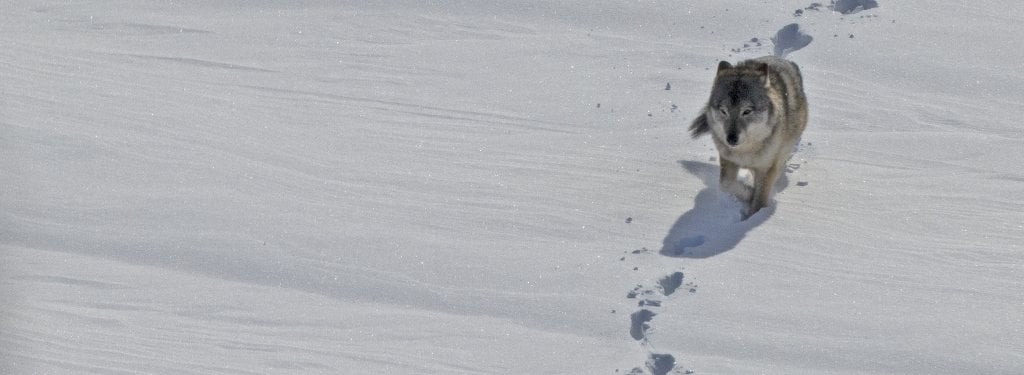
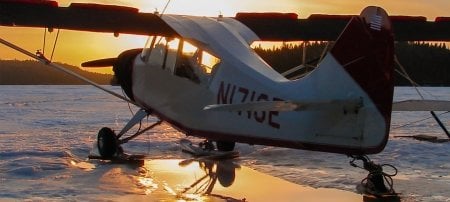
Comments